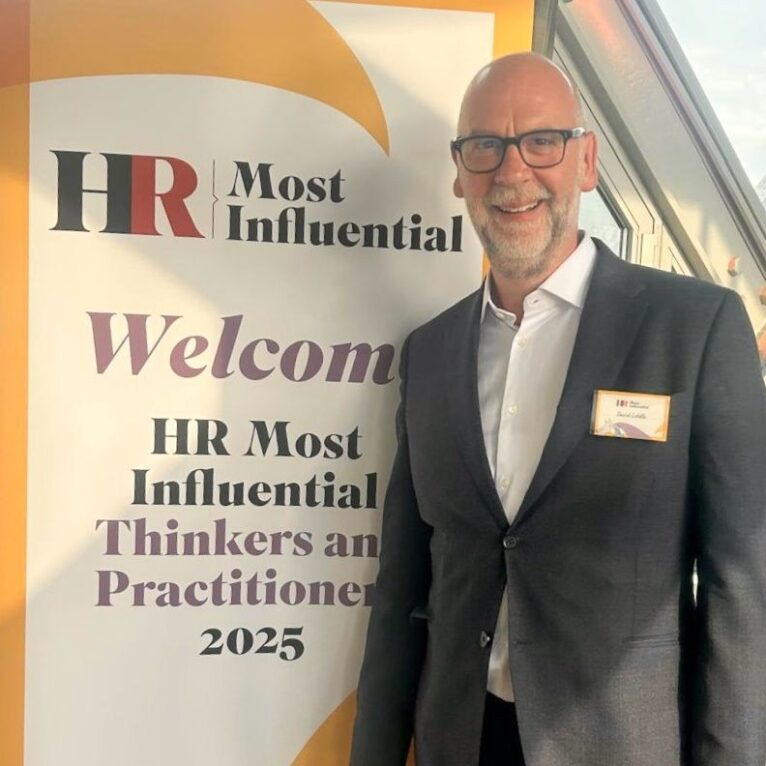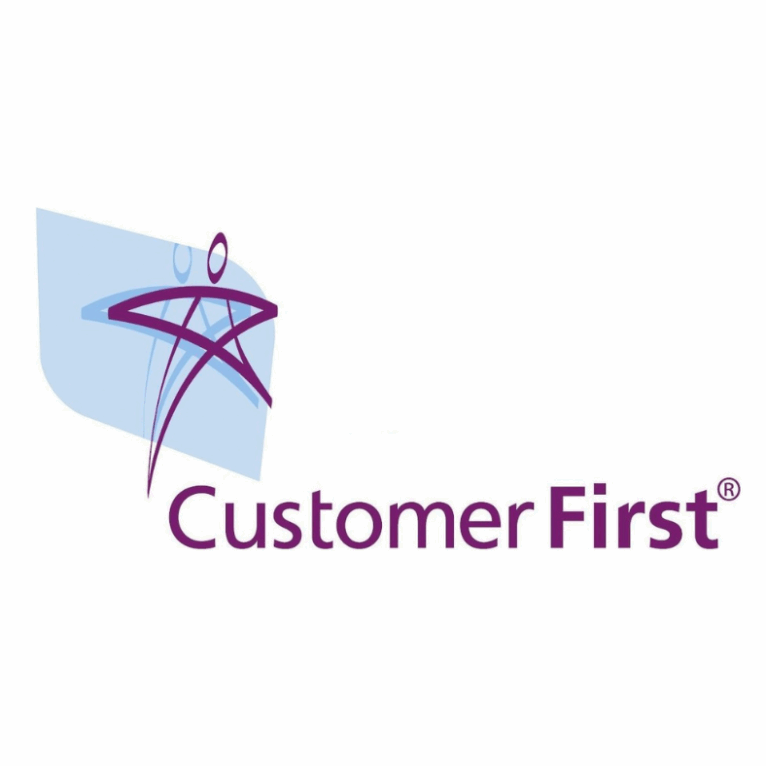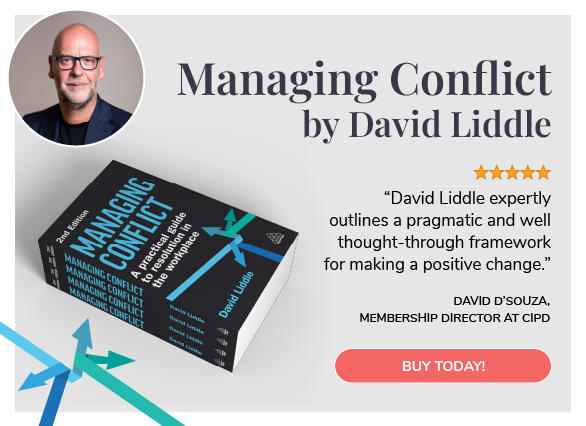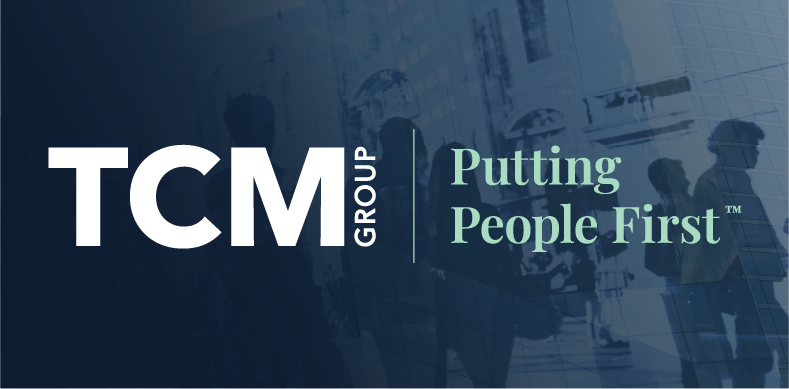
Share article:
Tags:
I’m sure you have visited countless offices where organisational values are hung on the wall, displayed proudly for all employees to see. This may be the case in your own company. Yet how many times have you or your colleagues raised an eyebrow at what feels like an empty list of terms – teamwork, integrity, innovation?
There is so much cynicism around company values that it often feels like the five words which took hours to brainstorm merely exist to tick a box. How often do you or the leaders in your company check in with team members to find out what they do (or don’t do) that aligns with organisational values? How often you ask employees what those values mean to them personally?
Ultimately it is behaviour that drives culture, not words. It has never been more important to drive positive company culture than right now, to ensure recovery post-COVID. Values set out what an organisation stands for. The ‘how’ goals are achieved and defined through values as behaviours that are encouraged and promoted.
They can be used to guide and challenge decision-making. Overall values are too often overlooked as organisation ‘spin’ to promote an unrealistic ideal of the corporate culture, when in fact that can be a powerful tool to set the blueprint for an organisation.
There are actions leaders at all levels can take on a daily basis to ensure company values are not just slogans, but recognised, role-modelled, and rewarded behaviours, lived out by every employee. It is the responsibility of HR and L&D teams to challenge these leaders, ensuring that they can define values and know how to motivate employees make these the golden thread that runs through everything they do.
Spend time defining values
Every team member will have a slightly different experience of company values, which is why conversations to interrogate these values are essential. A helpful exercise is to ask leaders to carry out, is take a list of company values and define these with each employee, exploring what kinds of behaviours are aligned or misaligned.
Take the value of ‘innovation’ for example. Behaviours aligned with innovation may include taking time to explore alternatives to the norm, challenging the status quo or accelerating decision making as far as possible to be agile.
However you cannot say ‘employees in our company are innovative’ without allowing the space for them to think differently. Slack needs to be built into the system, so that teams have headspace to be creative. The temptation to do things too slowly and smother everything in red tape are also behaviours misaligned with innovation.
If during a deep dive, employees recognise misaligned behaviours, yet they are still happening frequently, this is something that must be addressed at a high level.
Motivation is key
Motives are our deepest drivers. Psychologist David McClelland said that the secret to helping teams reach goals or values is to tap into their natural motives. McClelland’s Human Motivation Theory states that every person has one of three main driving motivators: the needs for achievement, affiliation, or power.
If an employee’s motives align with the values of organisation, they will be in complete flow.
When an organisation espouses values, yet does not see these lived out, this is generally because its people are not motivated. Not every value will be universally appealing, so it is a leader’s job not only to say the words, but to motivate each person to collaborate and engage with values. It is HR’s job to motivate those leaders.
So how do you do this? Take the example of teamwork. Of course some people (with a natural affiliation motive, according to McClelland) are natural team workers. Teamwork is on their mind all the time, so they are innately motivated. Thinking about collaboration and harmony is easy for them, therefore it is easy for them to behave that way.
On the other hand, some people barely think about teamwork. Achievement-motivated people may not even consider collaboration or harmony in their day-to-day work. Even if you sincerely believe that teamwork is an essential company value, telling team members motivated by achievement that ‘collaboration is a really great thing to do’ won’t cut the mustard.
In this case, reframing the conversation around goal attainment and striving to achieve results is helpful. High performance teamwork is easier for achievement-driven people to understand and something they can be motivated towards. By discussing the concept of teamwork in terms of outcomes, it is possible to engage people with that value.
On the other hand, employees may have a high-power motive. If they know they will get some kind of recognition and be rewarded for working effectively as a team, as cynical as it may sound, a leader can also tap into that.
Take a personal approach
All of this means that a blanket leadership approach to creating a values-led environment is impossible. HR and L&D professionals must ensure team leaders (at all levels) interact regularly with individuals in a meaningful way, on a one-to-one basis, understanding what drives every single member of their team.
Leaders can do this by observing the behaviour and habits, in an unobtrusive way. In some cases they can simply ask! For instance, if someone writes long ‘to do’ lists every day, crossing off tasks as they go, then they likely they have a high achievement motive. Another person who thrives on being with others, always arranging company socials and stopping to chat, likely has a high affiliation motive.
A word of warning – don’t assume ‘everyone loves fun at work.’ Not everyone does. Trying to create a ‘fun’ environment to help teams engage with company values will not always be effective.
You have the power
Leaders in your company have the power to bring values to life by motivating employees to live them out. HR teams also have power to drive these values, by developing their leaders – pushing them to consider what these values really mean and how they can motivate every single team member to adopt them.
Rather than paying lip-service to five words on a plaque, all companies should strive to create engaging cultures, in which people know what they are working towards, understand what is acceptable, and can model the positive behaviour of their values-based leaders. This is more important than ever in a post-COVID world.
Please contact me on claire.gearon@thetcmgroup.com for more information about leadership training, development and coaching for engagement and high performance.








